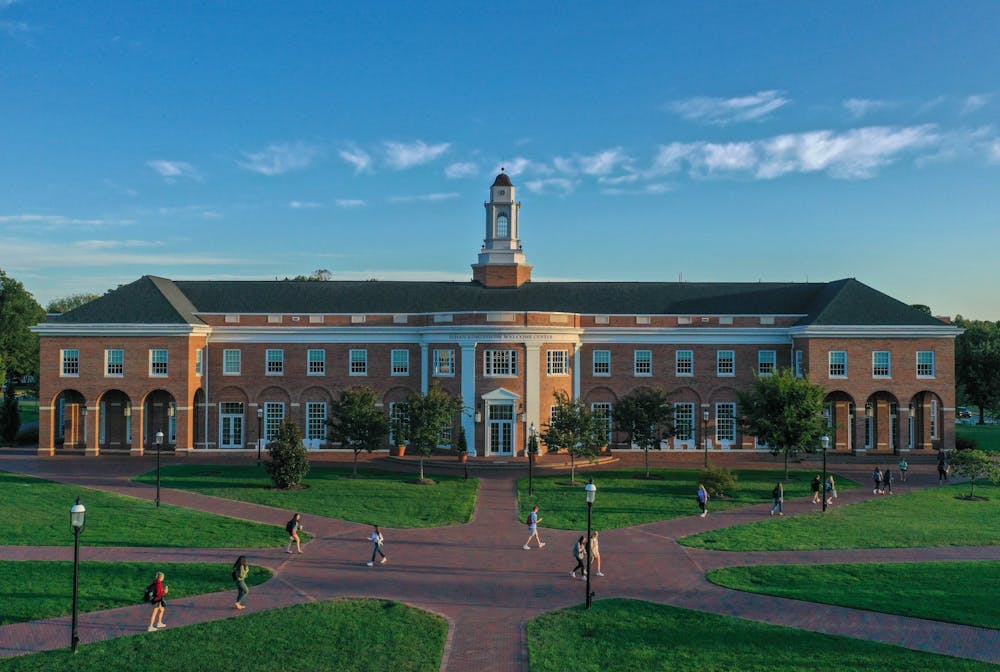The college application and admissions procedures are stressful for almost every high school upperclassman; introducing anxieties over the many different necessities that go into the decision-making process. This struggle is often amplified for students of color; whilst most students struggle with primarily school-related issues such as grades and making the most of their college essays, many students of color must account for the possible discrimination they may encounter in the process based on their names or even their socioeconomic status.

According to the American Association for Access, Equity and Diversity, the American government attempted to alleviate this struggle in 1961 by implementing affirmative action– a means of minimizing discrimination in the processes of admitting and employing disadvantaged groups of people. While the policy was initially enforced within the workplace, it soon expanded to the education system in the 1960s, offering minority groups a chance to enter higher education.
The debate surrounding affirmative action has been a very polarizing topic, revolving around the diversification of college campuses in an effort to reduce discrimination in the college admissions process and how intentional diversification can exist without discrimination.
Despite the noble-sounding policy, there is an ongoing debate within the Supreme Court surrounding the constitutionality of the affirmative action movement. This debate began many years ago in 2003 and reemerged in 2018 after former president Donald Trump removed affirmative action guidelines in the college admissions process. The American Civil Liberties Unions of both Massachusetts and North Caroline have offered their assistance and expertise to the Court by filing amicus briefs in order to submit evidence and research uplifting the need for affirmative action.
When calling into question the constitutionality of affirmative action, I was quick to look into what parts of the issue are being debated. What I found was that the policy has been viewed as seemingly discriminatory to white people, a concept that I found confusing considering the actions of the American government in the past.
I have found that affirmative action is a complicated policy for many situations because of the prejudices on which America has been built as well as the effects it has on students of color in the college application process. Due to foundational racism and discriminatory laws targeting people of color in the past, many minority families are only recently being given the chance to send their kids to college. Affirmative action has offered these families a higher chance of being able to send their loved ones off to get the education they were deprived of.
This debate brings me back to my college application process, which was just last year. I remember having to fill in my ethnic background for every application and wondering why it mattered so much.
In my debate club, we had our own debate about the ethics of affirmative action, and whether or not we found it discriminatory to bring race into account so heavily in the college admissions process.
In the end, the conclusion reached by my debate club was almost unanimous in that many of the students of color believed that affirmative action neither helped nor hindered their college acceptances, while many of the white students claimed it was unfair in practice and should not be used.
When my class held this debate, I had just received my acceptance to Elon University, which slightly affected my stance on this matter. When I was researching to better defend my position, I looked into the school I was planning to attend and found that one of the most advertised efforts was to diversify the campus. The low, but rising, percentage of the student body that was ethnically diverse helped me build my argument for affirmative action.
According to a study by the Pew Research Center, the findings of my class were conclusive with the majority opinion in America, with 78% of white Americans, 62% of black Americans and 58% to 64% of other minority groups stating that they believed race should not be a factor in the college admissions process.
Thinking that I may have been accepted to Elon primarily because of my race was a difficult thing to come to terms with. However, after looking back on my academic career and my application, I was reassured by both myself and my teachers that this was not the case.
I wondered if my background was more influential in the decision to accept me than my achievements in high school. For a while, I was angry about it, thinking that all I had done in my high school career was diminished to just my race. However, I got to thinking about how many people in my life were unable to go to college because of generational racism and the disadvantages bestowed on minority groups. This experience kickstarted my interest in the affirmative action debate.
I used this experience as a piece of my argument, asserting that the stress the experience placed on my shoulders was a demonstration of both sides of the argument. While I initially worried that my ethnic background was all that played into Elon’s decision to accept me. I later realized after looking at other students of color who applied to this school and did not get in that my race did not seem to play too big a role in the actual admission decision.
I wanted to believe that affirmative action should not be necessary and that my academic and extracurricular talents should be enough. However, it is still a well-known phenomenon that racism and discrimination have been two of the most driving factors in America since its establishment as an independent country in 1776. From slavery and Jim Crow laws, to the reluctant following of the Civil Rights Act in 1964, racism has played a major role in American history and culture.
The generational racism that has been implemented in the education system as a whole is a large justification for the affirmative action policy, with college first being integrated in the 1960s. Acknowledging that the only reason minorities are allowed a higher education is an act passed less than sixty years ago serves as a reminder of the education and experiences that many minority families were deprived of and allows many minorities to attend college and get the higher education many of our ancestors were denied.
While many white students and voters believe that affirmative action puts them at a disadvantage, there are many studies, including one by the Hechinger Report, that show that after former President Barack Obama’s implementation of affirmative action guidelines and policy, enrollment at the 500 top colleges in the United States was 75% white, while the 3,250 lowest funded colleges and four-year universities were 37% non-white.
From the above source, it can be gathered that despite some of the negative connotations, affirmative action has helped generations of underrepresented groups attend college. But many people of color elect to not go to colleges due to discrimination in the admissions process. Because of the increasing ratio of students of color to white students, many individuals who may have had a tougher time confidently applying to and enrolling in colleges have been able to attend.
Though many students of color say they do not see much of a difference through affirmative action, without it they may have had a lesser chance of entering college in the first place. I have learned that though things are much better, affirmative action helps to continue to advocate for minorities in the college admissions process. I believe it will allow for a greater concentration of minorities and students of color, allowing for a more diverse and inclusive college experience. There will always be a need for diversity, and through affirmative action, I believe we can one day achieve that goal.


